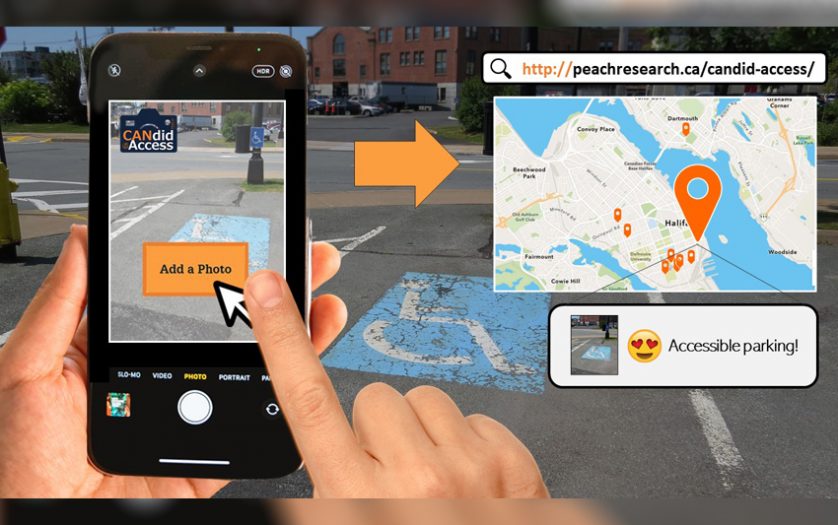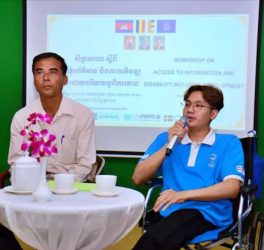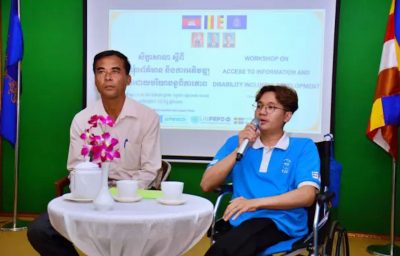
A research group in Halifax, Nova Scotia, Canada, aims to make the city more inclusive to residents and visitors with disabilities.
PEACH Research works to promote equity, accessibility and health in urban design and planning. As part of Dalhousie University’s school of planning, the group consists of faculty members, students and partners working together to design a better place for residents to live, work and play.
One of the partners, non-profit reachAbility, provides support and accessible programs to citizens facing obstacles to inclusion and community participation. Every year, it hosts National AccessAbility Week (NAAW) to celebrate and recognize contributions made by people with disabilities.
“Everyone in Nova Scotia and in Canada will have had, has or will have a disability,” says Tova Sherman, CEO and co-founder of reachAbility.
“Let’s find a reason to celebrate inclusion and the incredible things that people with disabilities achieve every single day in their workplace, in their lives, with their families and with their children.”
During NAAW, PEACH Research and reachAbility hosted a virtual event on how to build a more accessible city. CANdid Access and Research for an Accessible Environment was hosted by Melanie Goodridge, pre-employment support navigator for reachAbility, and PEACH researchers Kate Clarke and Katherine Deturbide. The panel discussed accessibility standards and barriers and highlighted their latest app, the CANdid Access web map.
The app allows users to share and access photos and information about the accessibility of their community.
“Take a picture of something that’s accessible/inaccessible,” Goodridge explained. “Then you give a little blurb on why and then it’s uploaded and put onto a map.”
The photos and information submitted by users of CANdid are added to the access map and can help those with disabilities navigate – or even avoid – certain parts of the city. For example, unmarked crosswalks, paved park pathways, construction zones and sidewalk conditions are the types of information that users may find on CANdid.
“It’s just a really great way to show features that are accessible versus features that are inaccessible,” said Goodridge. “You get a visual of how we can make it better and how we can change to meet the standards by 2030 of the Accessibility Act for Nova Scotia.”
The Accessibility Act, passed in 2017, aims to improve standards for public buildings, streets, sidewalks, shared spaces, and education. The standards are expected to be implemented in 2022.
The hope is that the information collected through CANdid will reach provincial government officials who can make a difference.
“Nova Scotia does have some big targets to reach by 2030,” said Goodridge. “A lot of the work that the folks are doing at PEACH Research is a great way to start and an easy way for all of us to understand and digest what needs to happen so that moving forward, we can engage in our government, we can engage on a local level to see those changes being made.”
CANdid Access and Research for an Accessible Environment is available to watch through the reachAbility YouTube channel.








